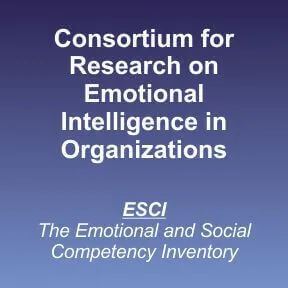A few weeks ago, I discussed high-performance teams with Manel Peiró, Ph. D., Academic Vice-Dean of ESADE Business School. On his desk was a copy of the new book by Michael Beer, a professor at the Harvard Business School, “High Commitment, High Performance: How to Build a Resilient Organization for Sustained Advantage”. Since his doctoral thesis had discussed the commitment to medicine, we started discussing the topic.
Many researchers are based on the premise that a high level of performance directly results from a high level of commitment. Beer’s research focused on leaders’ commitment, which may be true. But not so when we talk about teams.
In my research on the cooperation model in complexity “Cooplexity”, I show that after an initial individual dimension of knowledge acquisition, cohesion is a key factor in the development of the group. When the group becomes conscious of itself as a unit with its meaning, we call it a team. However, a cohesive and highly committed team doesn’t get the best results just for those facts. When the group becomes a team in the full sense, we still need something more. It is the self-coordination function as a natural and spontaneous process to achieve coordination in a decentralised manner, sharing alerts, visualising cross opportunities and focusing on a common goal. At this level, two factors help get results: an equal relationship and establishing criteria for action.
| SCOPE | LEVELS | CATALYSTS | FACTORS | ACTIVITIES |
|---|---|---|---|---|
| Individual | Knowledge | Exploration | Proactivity oriented to results | Data gathering Decision making Control of the objective |
| Proactivity oriented to relations | Interaction Interchange Relation |
|||
| Group | Cohesion | Common project | Group integration | Cooperation Normalization Implication |
| Trust generation | Equality Generosity |
|||
| Team | Self-coordination | Interconnections | Equal relationship | Mutual consideration Respect |
| Criteria for action | Definition of criteria Unification of criteria Alternative criteria |
Talking about high-performance teams, commitment is necessary but not sufficient. We need cohesion for team consciousness, but self-coordination ensures a high performance.








